Table of Contents

COLLEGE
Pathways of possibility
Saikat Majumdar

First published in India 2018
2018 by Saikat Majumdar
All rights reserved. No part of this publication may be reproduced or transmitted in any form or by any means, electronic or mechanical, including photocopying, recording, or any information storage or retrieval system, without prior permission in writing from the publishers.
No responsibility for loss caused to any individual or organization acting on or refraining from action as a result of the material in this publication can be accepted by Bloomsbury or the author.
The content of this book is the sole expression and opinion of its author, and not of the publisher. The publisher in no manner is liable for any opinion or views expressed by the author. While best efforts have been made in preparing this book, the publisher makes no representations or warranties of any kind and assumes no liabilities of any kind with respect to the accuracy or completeness of the content and specifically disclaims any implied warranties of merchantability or fitness of use for a particular purpose.
The publisher believes that the content of this book does not violate any existing copyright/intellectual property of others in any manner whatsoever. However, in case any source has not been duly attributed, the publisher may be notified in writing for necessary action.
BLOOMSBURY and the Diana logo are trademarks of Bloomsbury Publishing Plc
E-ISBN 978 93 87146 03 7
2 4 6 8 10 9 7 5 3 1
Bloomsbury Publishing India Pvt. Ltd
Second Floor, LSC Building No.4
DDA Complex, Pocket C 6 & 7, Vasant Kunj
New Delhi 110070
www.bloomsbury.com
Created by Manipal Digital Systems
To find out more about our authors and books visit www.bloomsbury.com.
Here you will find extracts, author interviews, details of forthcoming events and the option to sign up for our newsletters.
 In the welter of writings about higher education, few stand out. Saikat Majumdar's book is at once personal, learned, and original. And while formulated for an audience in India, its insights are applicable for all who prize an education that is not strictly vocational.
In the welter of writings about higher education, few stand out. Saikat Majumdar's book is at once personal, learned, and original. And while formulated for an audience in India, its insights are applicable for all who prize an education that is not strictly vocational.
Howard Gardner
 Saikat Majumdars College is actually about more than college. In surprising and original ways, Majumdar ties the subject of Indian liberal arts education to theories of intelligence, colonial and postcolonial histories, and his own journey through some of the finest institutions of higher learning in India and the United States. Life, school, and work blend seamlessly in these original, insightful and lively vignettes.
Saikat Majumdars College is actually about more than college. In surprising and original ways, Majumdar ties the subject of Indian liberal arts education to theories of intelligence, colonial and postcolonial histories, and his own journey through some of the finest institutions of higher learning in India and the United States. Life, school, and work blend seamlessly in these original, insightful and lively vignettes.
This is a welcome take on what Indian soft power could be if we developed and democratized a truly liberal arts-science education.
Shashi Tharoor
For Neer and Inaya
If and when
CONTENTS
C ollege Street in Calcutta is a real place, but it is also something of a myth. The cradle of the 19th-century Bengal Renaissance, it runs past the historic Presidency College (now University) and the University of Calcutta, along with a cluster of other institutions that came together to craft the personality of modern Bengal. The neighbourhood is home to the legendary Indian Coffee House, which has played the role of a smoke-filled salon to countless poetic and political revolutions. Its heart is occupied by a large stretch of grassy urban idyll, College Square, which has seen much Naxalite violence in its day and has played happy romping ground to some of Bengals most famous literary and cinematic characters.
But the most visible marker of College Street is the dense cluster of makeshift wooden stalls that fringe its pavements. These are similar to those found elsewhere in the city. Along with the eternal cacophony of political protest, the most persistent voices of the city belong to its army of hawkers and vendors, a great screaming and scheming, pleading and preying tribe. This is a city where T-shirts might come flying through the air and land on unsuspecting tourists quickly conned into haggling matches over things they never wanted. But instead of T-shirts or sunglasses or underground merchandise, the College Street stalls specialise in books. As you try to slide past them, the vendors beg and beckon and coax, and volumes are thrust at your face with great pleading cries. But while it has been like this for decades, the kinds of books you see here have changed drastically over the years. Even in the late-1990s, you would have faced Proust, Borges or Neruda, much the way counterfeit Polo T-shirts might be thrust at you elsewhere in the city. Depending on how you looked, stared and strolled (because the College Street booksellers are sharp, preying anthropologists) it could be more exotic stuff like Robert M Pirsig or Herbert Marcuse. The steady supply of foreign tourists in Calcutta and their habit of off-loading paperbacks by the kilo at second-hand bookshops always ensures the strangest volumes to show up at unlikely places.
Fast forward to the new millennium. Suddenly, all that comes flying at you at lightning speed are coaching manuals and test prep volumes promising to crack the codes for success in the modern worldentrance exams for engineering, medicine and management schools, or the prerequisites for entering American universities: the GRE, GMAT and SAT.
Few things record the drastic change in the self-fashioning of young India as the seismic shift in the book-scape of College Street. If you still possess remembrance of the past things such as Proust, these days you simply order them online. But even back in the days when we roamed around in these streets as high-school and college students, the College Street bookstalls carried deep and ominous hints that across the arc of Indian educational history, the literary-aesthetic and the competitive-professional have not been as indifferent to each other as one might think.
For while we, English literature students, bought our volumes of Keats and Byron in College Street, we also made pilgrimages there in search of books of a less poetic nature: bundles of University of Calcutta exam scripts, anthologised over several decades. This was because our entire undergraduate grades depended on how well we did in a series of three-hour examinations held over a couple of two-week periods during the three-year course. If your college wasnt particular about attendance, you could be fishing in Alaska for the rest of the time, or for that matter, hold down a full-time job in Bombay.
The life-saving academic skill was the ability to second-guess the examiners. Would that question on Conrads prose style show up this year? What about the one on symbolism in Yeats? It was wise to discount the questions that had been set the previous year, as we were assured that the authorities did not like to repeat questions in successive years. So questions from odd-and even-numbered years did not mingle in the same question set. Since our English BA Part I was to be held in an odd-numbered year, I zealously prepared the answer to a question on the tragic structure of J M Synges Riders to the Sea that had first appeared, with the exact same wording in an odd-numbered year from British-ruled India.
Many college students in India today will still have no trouble recognising this picture. And if this mechanical approach seems particularly ironical with a subject like English literature, it is not much of a surprise given the history of the modern Indian university.

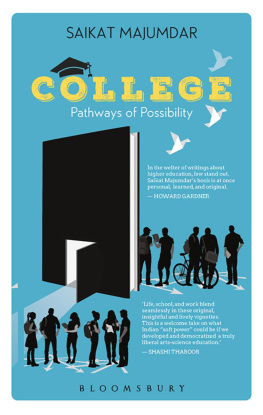
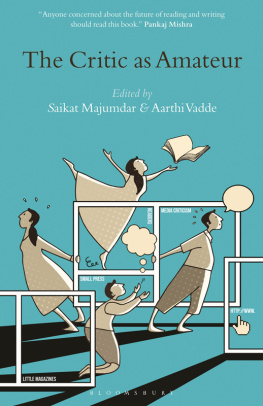
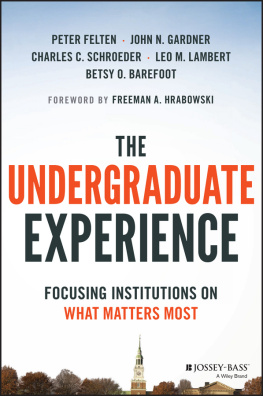

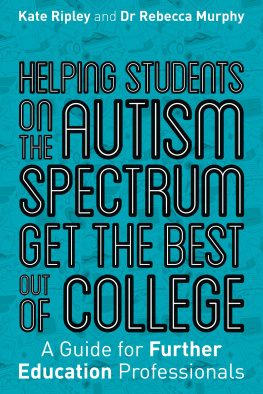
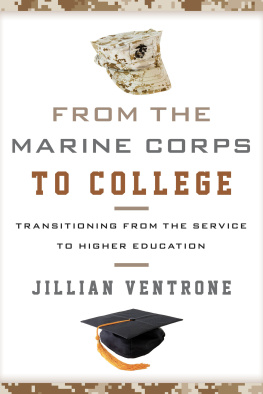
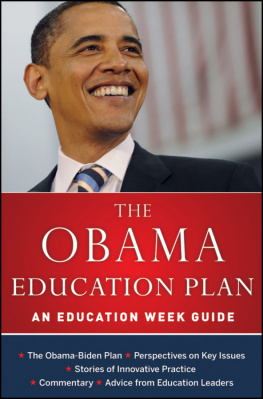
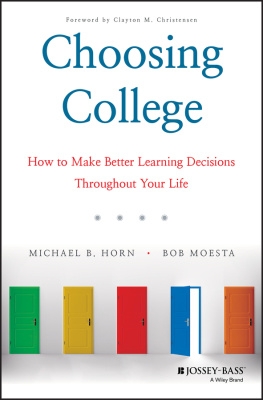
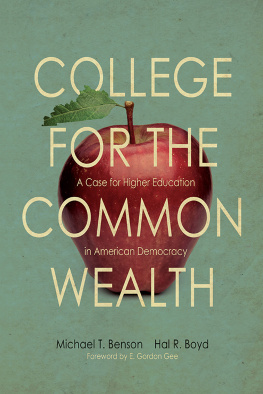


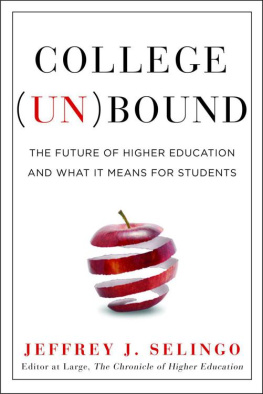


 In the welter of writings about higher education, few stand out. Saikat Majumdar's book is at once personal, learned, and original. And while formulated for an audience in India, its insights are applicable for all who prize an education that is not strictly vocational.
In the welter of writings about higher education, few stand out. Saikat Majumdar's book is at once personal, learned, and original. And while formulated for an audience in India, its insights are applicable for all who prize an education that is not strictly vocational.